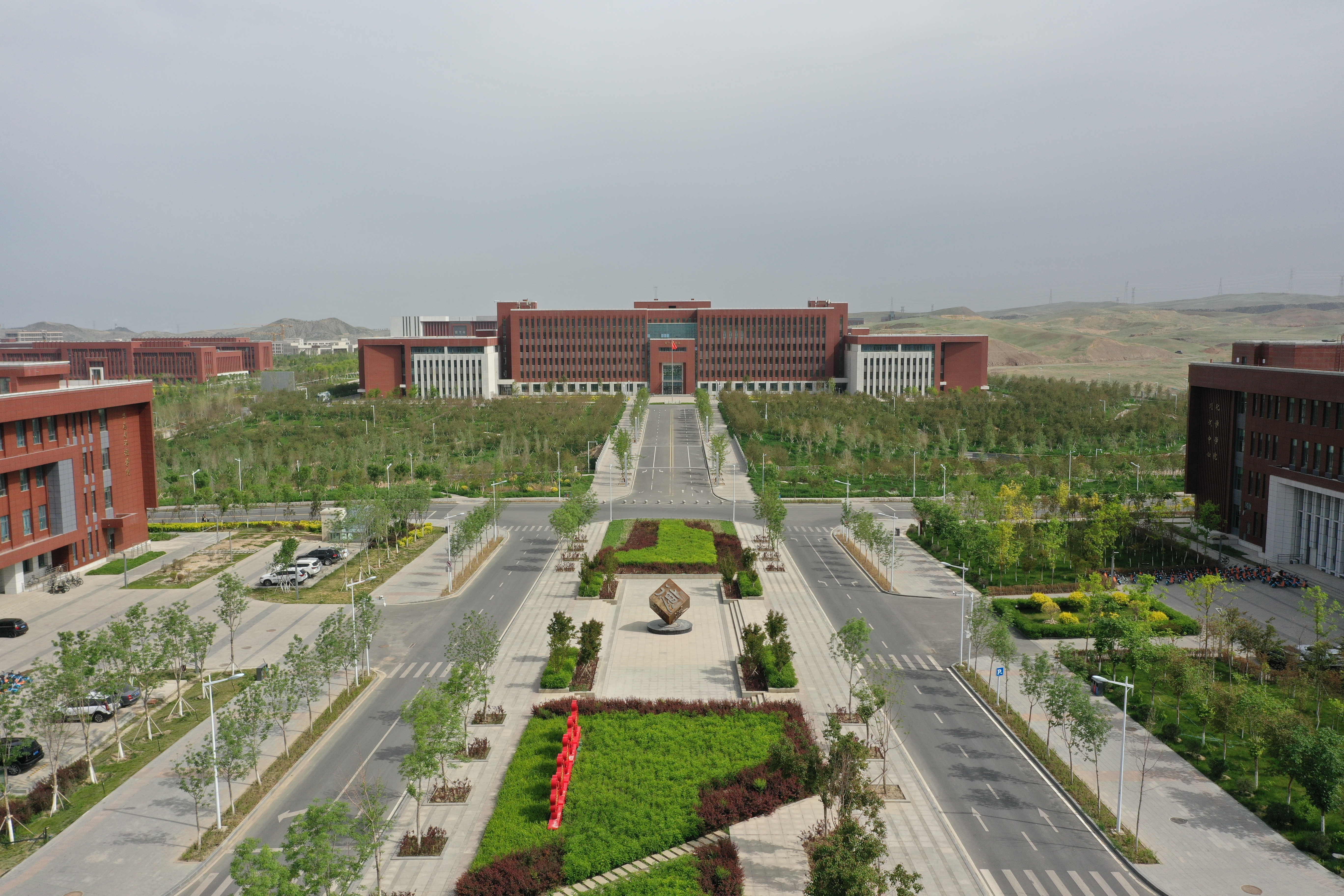亚力昆江·吐尔逊
Effect of calcination temperature on the attrition and activity of CuO/NiO/ olivine for producing syngas in biomass chemical looping gasification
An oxygen carrier (OC), with a long lifetime and better reactivity, has become the key to the biomass chemical looping gasification (BCLG) process. In this study, CuO and NiO supported on olivine (Cu/Ni/O) was prepared at different temperatures (900–1300 ◦C). Various characterizations including XRD, SEM, BET, H2-TPR, TG and TGFTIR were used to investigate the effect of calcination temperature on the composition, morphology, multiple redox, oxygen carrying capacity and activity of the resultant OCs. And the BCLG experiments were conducted in a micro fluidized bed reactor (MFBR) to examine the performance of OCs. The results showed that CuFe2O4 and NiFe2O4 phases were observed after CuO and NiO were loaded onto peridot. The increase of calcination temperature results in the decrease of surface area and oxygen-carrying capacity of the OC to 1.305 m2/g and 1.93 wt% at 1300 ◦C from 4.760 m2/g and 3.60 wt% at 900 ◦C. The final weight loss of OCs with cotton stalk (CS) showed the same variation trend as that of redox process of OCs. However, the anti-resistance of the OC was greatly improved, especially the 1100-Cu/Ni/O calcinated at 1100 ◦C showed better anti-resistance with the attrition rate of 0.09 wt% and pulverization rate of 0.41 wt%. Under the optimal operating conditions (mass ratio of OC to biomass = 30:1, steam injection rate = 0.05 g/min and temperature = 800 ◦C), the highest gasification efficiency of 59.2 % and syngas yield of 0.71 Nm3/kg were obtained over 1100-Cu/Ni/O. The cyclic experiments demonstrated better anti-sintering and cyclic performances of 1100-Cu/Ni/O, which made it very attractive for the BCLG.
文章链接:https://doi.org/10.1016/j.cej.2023.142980
